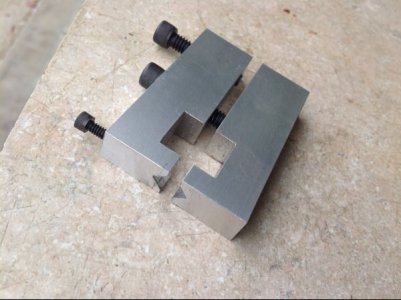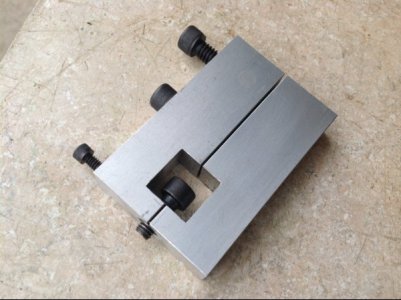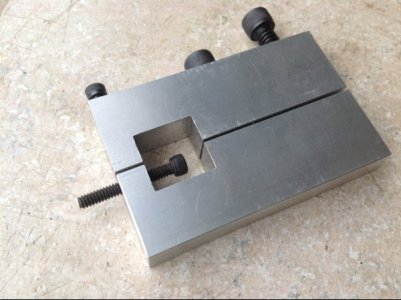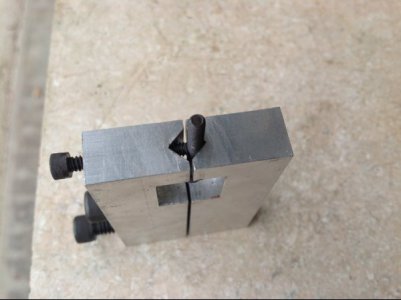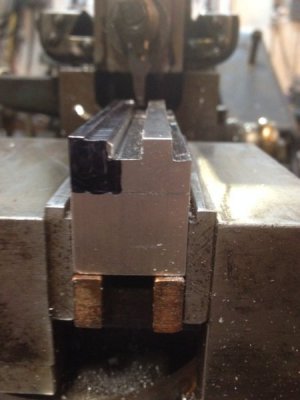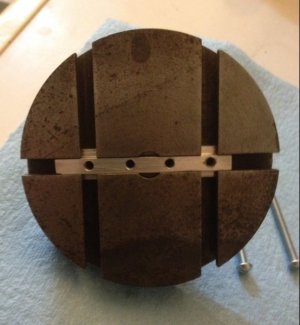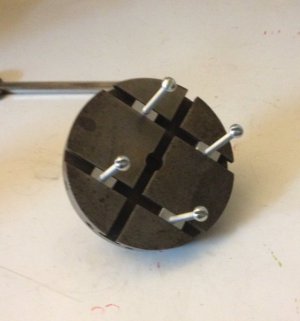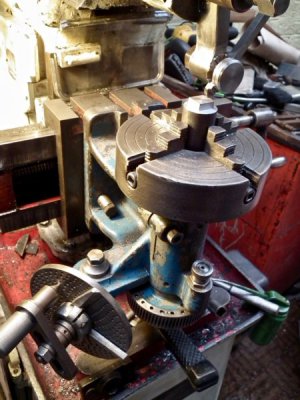Guys, The workmanship you folks are turning out is exemplary, How the modern world classes these machines as out of date beats me, What seems to mitigate against them is the modern production engineers seem to have an aversion to "The time wasted " on the return stroke, This I feel is also compounded with the fact folks want to use throw away tip tools , Which do not work, They will not / Can not? sharpen tooling, I can achieve a superior tool finish on my work pieces using my shapers, planer, and slotting machine , over that produced by my milling machine.
I have the following machines, A 10" stroke Royal, shaper, a 6" stroke Denham slotting machine, a 6" stroke Adept travelling head shaper, and a 20" stroke Tom Senior double column planing machine (hand powered), I am not on production work, only home shop machining. I recently heard the shaping machine referred to as "A Nodding Donkey" sadly by a very good engineer, who had been schooled in modern ways , Sadly he missed the invaluable benefits of the shaper in a maintenance engineering field or small batches & one offs , A sad sour note about shaping machines I heard a few months back, was "They are designed as "Hack Machines for Rough Work" I will rest my case, Tomorrow strange to say, And by co-incidence, I have two flats to cut on the sides of a long ish shaft, An ideal task for my little Adept travelling head shaper , Where the shaft is held stationary & the head with the tool travels over the workpice, Long Live The Shaping Machine, -- (From a backward out of date craftsman)
